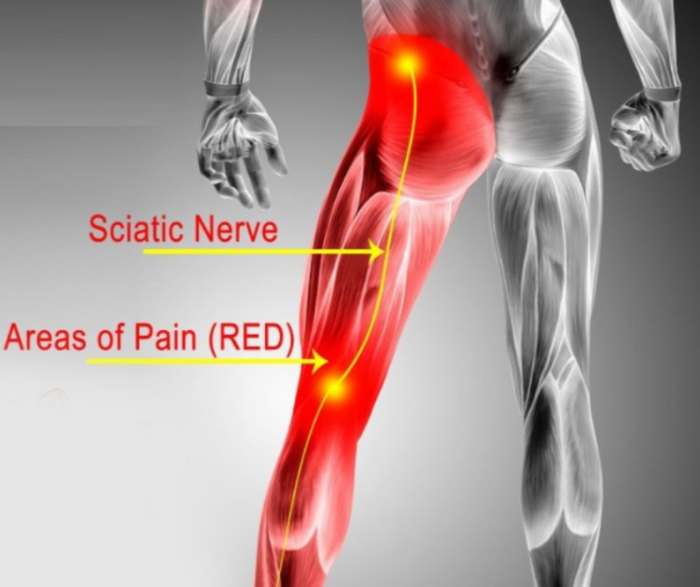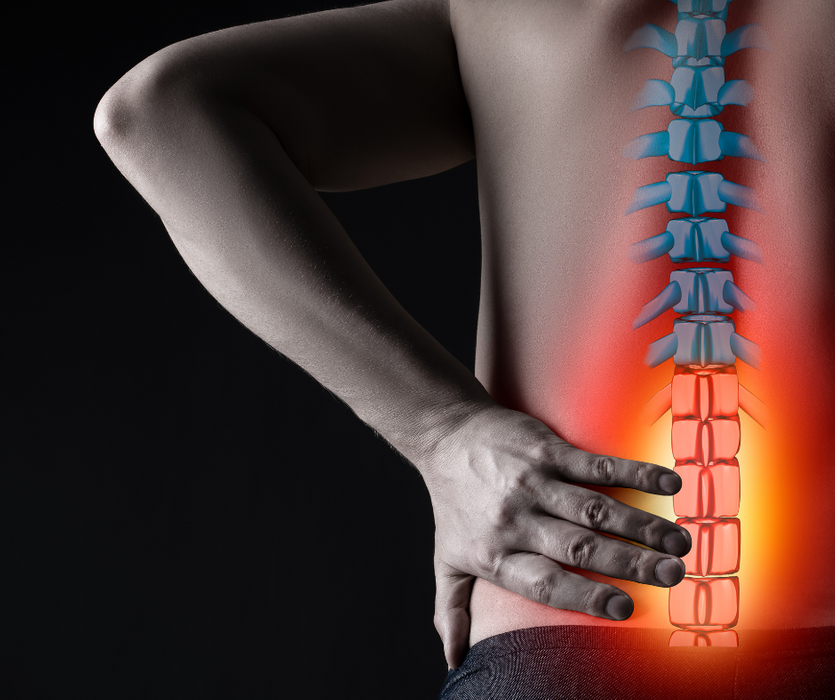Sciatica, characterized by sharp pain radiating from the lower back down the legs, can significantly affect daily life. At Alkemē Sports Rx in Miami, Brickell, & Davie, our licensed Doctors of Physical Therapy specialize in alleviating sciatica pain through personalized treatments. This blog explores how physical therapy can effectively address sciatica, highlighting specific exercises, treatment methods, and patient success stories.
Sciatica Relief through Physical Therapy: Proven Methods from our Brickell Specialists
Sciatica Relief through Physical Therapy: Proven Methods from our Brickell and Davie Specialists

Understanding Sciatica and Its Impact
Sciatica occurs when the sciatic nerve is compressed, often due to conditions like herniated discs, spinal stenosis, or degenerative disc disease. Symptoms include intense pain, tingling, numbness, and muscle weakness along the nerve path, which can severely hinder mobility and daily activities.

How Physical Therapy Helps with Sciatica
Physical therapy aims to relieve pain, improve mobility, and strengthen muscles supporting the spine. Our therapists at Alkemē Sports Rx create customized treatment plans to target the underlying causes of sciatica, promoting long-term relief and preventing recurrence.
Benefits of Physical Therapy for Sciatica
Pain Relief: Techniques such as manual therapy, ultrasound therapy, and TENS (transcutaneous electrical nerve stimulation) can reduce nerve pain and inflammation.
Enhanced Mobility: Specific exercises can increase flexibility and reduce muscle tightness, improving movement.
Strengthening: Strengthening the core and lower back muscles provides better support for the spine, minimizing the risk of future sciatic episodes.

Effective Physical Therapy Treatments and Exercises for Sciatica
Stretching Exercises: These exercises target muscles around the sciatic nerve, helping to alleviate tension and pain.
Example Exercise: Hamstring stretch – Lie on your back with one leg straight up, using a towel to gently pull the leg towards you.
Strengthening Exercises: Focus on building core and back muscles to support the spine.
Example Exercise: Pelvic tilts – Lie on your back with knees bent, gently tilting your pelvis to flatten the lower back against the floor.
Aerobic Conditioning: Low-impact aerobic exercises improve overall fitness and reduce sciatic pain.
Example Exercise: Swimming or water walking to maintain cardiovascular health without straining the back.
Manual Therapy: Hands-on techniques like spinal manipulation and soft tissue mobilization alleviate pain and enhance function.
Example Technique: Trigger point therapy to release tight muscles affecting the sciatic nerve.
Sciatica and Sports: The Connection
Sciatica is particularly relevant to athletes and active individuals who are often at a higher risk for this condition due to the physical demands of their sports. Sports that involve repetitive twisting, bending, and heavy lifting can place significant stress on the lower back and sciatic nerve, leading to sciatica.

Sports Prone to Sciatica Pain
Running: Long-distance running or improper running form can lead to lower back strain and sciatica.
Cycling: Prolonged periods in a hunched-over position can compress the sciatic nerve.
Tennis: The constant twisting and turning during a match can strain the lower back.
Golf: Repetitive swinging motions can cause lumbar spine issues and sciatica.
Weightlifting: Heavy lifting with improper technique can compress spinal discs, leading to sciatic nerve pain.

How Physical Therapy Helps Athletes with Sciatica
Physical therapy offers numerous benefits for athletes suffering from sciatica:
Customized Exercise Programs: Tailored exercises that address the specific needs of the athlete's sport, focusing on relieving sciatic pain and preventing further injury.
Sport-Specific Training: Techniques designed to enhance performance while minimizing the risk of sciatica recurrence.
Posture and Form Correction: Guidance on proper posture and form during athletic activities to avoid strain on the sciatic nerve.
Strength and Flexibility Training: Exercises to strengthen core muscles and improve flexibility, providing better support for the spine and reducing the risk of sciatica.

Integrating Physical Therapy into Your Sciatica Management Plan
Consistency: Regular PT sessions and adherence to home exercises are crucial for effective treatment.
Body Awareness: Avoid activities that cause significant pain or worsen symptoms.
Stay Active: Incorporate light physical activity into your routine to maintain spinal health.
Healthy Weight: Reducing excess weight can decrease pressure on the spine and sciatic nerve.
Professional Guidance: Regular consultations with your physical therapist ensure your treatment plan remains effective.
Contact Us For Physcial Therapy in Brickell
If you or a loved one is struggling with sciatica, seek help from the experts at Alkemē Sports Rx. Our experienced physical therapists will develop a personalized treatment plan to alleviate your pain and improve your quality of life. Contact us today to schedule a consultation.
